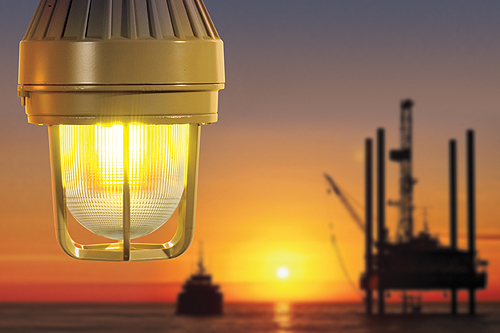When people are in a lighting environment, it does not seem obvious flickering. In fact, in addition to warning flicker markings or lamp failure, people have not too much intuitive feel for the concept of strobe. When observing the rotating fan blades, you will find that the leaves are sometimes “still” and sometimes “turn”, and the car tires that travel will have this phenomenon, which can be interpreted as the phenomenon of visual persistence caused by light strobe.

1. Epilepsy induced by sensitious epilepsy or scintillation light
Existing research data and industry experts point out that photosensitive epilepsy does exist. Bittencourt and Fisher et al. It’s presented the theory of photosensitive epilepsy in 2004 and 2005, and Bittencourt points out that the incidence of photosensitive epilepsy is very low throughout the population, with an annual incidence of about 0.001% and an incidence of about 0.006% in adolescents. And epilepsy patients suffering from this disease probability is high as 10%.
And Fisher’s incidence of light-sensitive epilepsy by measuring the human brain’s unusual brain waves is about 0.01% -0.025% in the 5-year-old to 24-year-old population, with 2% to 14% of the epilepsy stimulated by the scintillation light source. The risk of induced acute epilepsy symptoms. The American Society of Epilepsy Foundation noted that factors affecting sensitization of epilepsy mainly include flicker frequency, light intensity, modulation depth, spectral components, and some related factors in the visual nervous system.
2. The effect of visual persistence caused by strobe
Bullough et al. used a series of waveforms and frequencies to study the strobe effect of solid-state light sources and found that the modulation depth, frequency, duty cycle and waveform have an effect on the visibility of the strobe effect.
At the same time, industry experts also agreed that the hazards of the strobe effect is mainly the visual artifacts will bring a series of problems, Safety at Work mentioned, although the human eye cannot identify some of the light strobe, but will let the field of rapid rotation of the machine appears to be visually slow or static illusion, this phenomenon is very dangerous, easily lead to accidents.
3. Headache, migraine, nausea, visual disturbances and other physiological problems
The American Headache Society points out that many migraine patients are more sensitive to light, especially glare, blinking bright light can cause migraine, and low frequency flicker is more serious than high frequency flicker; some flickering fluorescent or TV screens can cause similar migraine symptoms, many studies have shown that for these patients with flicker-induced migraine, their EEG is usually not the same as those without migraines. However, what are the factors that cause the physiological discomfort caused by the scintillating light source, and have not yet come to the exact conclusion.
4. With eye fatigue, vision loss
Lighting light flashing, often affect the efficiency of human work. In the study of the impact of flicker on the degree of fatigue, we found that the mental fatigue caused by scintillation is very small, and the main factors causing human fatigue are the work content; non-visible flicker can affect the movement of the eye trajectory, affect reading and lead to decreased vision. And Wilkins et al. have shown that visual correlation performance at higher frequency flicker light sources is better than low-frequency light sources.
